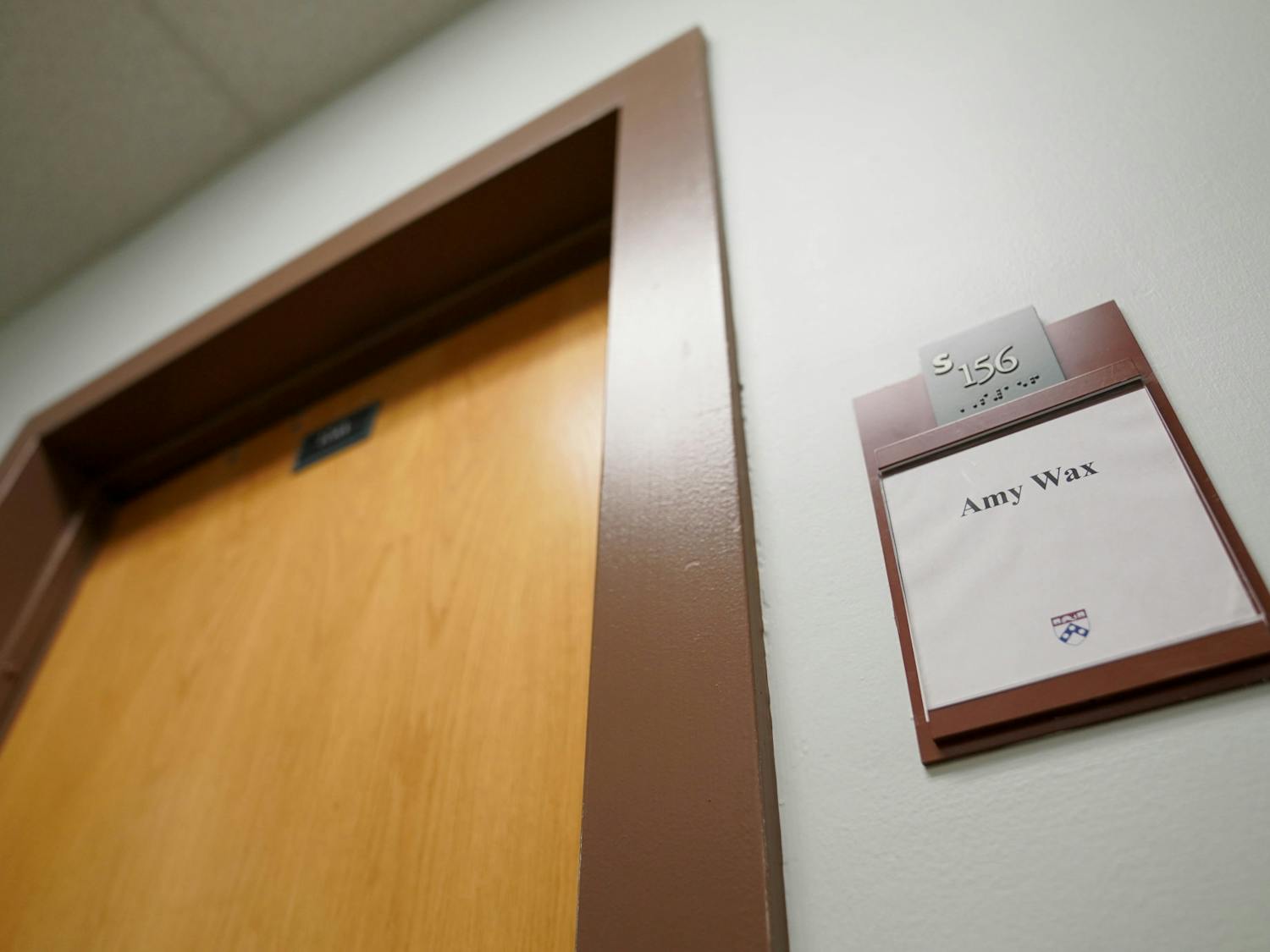The law intended to restrict access to pornographic Internet material would have had implications for higher education. In a landmark decision, the Supreme Court voted last week to strike down parts of the Communications Decency Act of 1996 -- legislation aimed at proecting children from pornography on the Internet which threatened to outlaw material on campus computer networks. The CDA -- which President Bill Clinton signed into law last February -- would have prohibited the display of "patently offensive" material "in a manner that is available to a person under 18 years of age." Ohio State University Associate Legal Counsel Steven McDonald explained that if the law had been implemented, colleges could have been forced to limit access to potentially offensive materials ranging from artistic images to Chaucer. He added that students under the age of 18 would have been considered minors under the law and may have been denied Internet accounts. McDonald explained that the decision "makes it clear you have the same First Amendment and academic freedom rights on the Internet as you have anywhere else." Writing for the Supreme Court's seven-member majority, Justice John Paul Stevens called the scope of the CDA "wholly unprecedented." "In order to deny minors access to potentially harmful speech, the CDA effectively suppresses a large amount of speech that adults have a constitutional right to receive and address to one another," Stevens wrote. "The general, undefined terms 'indecent' and 'patently offensive' cover large amounts of nonpornographic material with serious educational or other value." The decision noted that systems have already been developed to help parents control the material that may be available on a home computer with access to the Internet but recognized that such systems are always effective. "Although parental control software currently can screen for certain suggestive words or for known sexually explicit sites, it cannot now screen for sexually explicit images," Stevens wrote. Nevertheless, the majority of justices agreed that the CDA was unnecessary because "evidence indicates that a reasonably effective method by which parents can prevent their children from accessing sexually explicit and other material which parents may believe is inappropriate for their children will soon be available." Age verification was also another major problem with the CDA. Stevens wrote in the decision that the majority of justices agreed there "is no effective way to determine the identity or the age of a user who is accessing material through e-mail, mail exploders newsgroups or chat rooms." He added that "even if it were technologically feasible to block minors' access to newsgroups and chat rooms containing discussions of art, politics or other subjects that potentially elicit 'indecent' or 'patently offensive' contributions, it would not be possible to block their access to that material and still allow them access to the remaining content, even if the overwhelming majority of that content was not indecent." Justice Sandra Day O' Connor wrote an opinion which concurred with some parts of the decision and dissented from others. She was joined by Chief Justice William Rehnquist.
The Daily Pennsylvanian is an independent, student-run newspaper. Please consider making a donation to support the coverage that shapes the University. Your generosity ensures a future of strong journalism at Penn.
Donate







